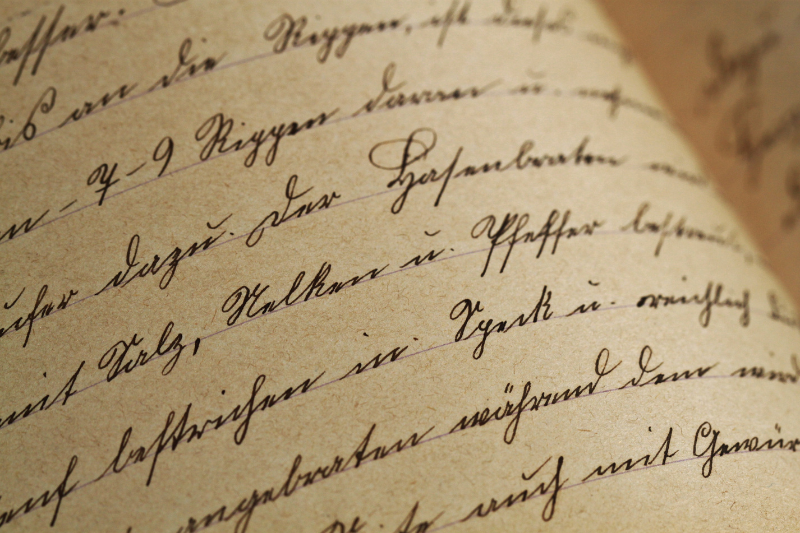
Melissa Koop, IB Ambassador of English Language and Literature (IBDP) at IB Wave. Extended Essay Coordinator and CAS Coordinator.
In just over an hour (SL 75m for 1 text / HL 1h15m for 2 texts), students must demonstrate that they not only understand the text’s meaning and purpose but that they can analyse and evaluate how the author communicated their message to an intended audience.
Many students end up relying on description of content and identify textual features, rather than analysing, for example, how an author could use a particular rhetorical device to connect with the reader and get their ideas across more effectively.
Table of Contents
Know the Rubric
Classroom teachers or private tutors are experts in their subject. Their feedback and IB marks are valuable tools in helping students know where they stand in Paper 1.
But any student can be their own most powerful ally if they know the English Language and Literature Rubric and always use it as a mental checklist when reading through their work.
A quick glance at the Rubric for Criterion B reveals how the student who is only able to describe what an author does will be relegated to the lower marks, whereas a student who is able to analyse and evaluate will score at the upper range.
| Criterion B: Analysis and Evaluation. To what extent does the candidate analyse and evaluate how textual features and/or authorial choices shape meaning? | |||||
|---|---|---|---|---|---|
| MARKS | LEVEL DESCRIPTOR | ||||
| 0 | The work does not reach a standard described by the descriptors below | ||||
| 1 | The response is descriptive and/or demonstrates little relevant analysis of textual features and/or authorial choices | ||||
| 2 | The response demonstrates some appropriate analysis of textual features and/or authorial choices, but is reliant on description | ||||
| 3 | The response demonstrates a generally appropriate analysis of textual features and/or authorial choices | ||||
| 4 | The response demonstrates an appropriate and at times insightful analysis of textual features and/or authorial choices. There is a good evaluation of how such features and/or choices shape meaning | ||||
| 5 | The response demonstrates an insightful and convincing analysis of textual features and/or authorial choices. There is a very good evaluation of how such features and/or choices shape meaning | ||||
Description versus analysis
Students of IB Language and Literature study loads of rhetorical devices, literary features and persuasive strategies (many of which confusingly overlap).
Just mastering all the terminology is a hefty feat! It’s not easy to grasp the difference between metaphor and metonym in a review exercise in class, let alone be able to identify it (correctly!) in a new text under exam conditions.
And yet simply describing textual features on its own will only score a student two, possibly three, points in Criterion B.
How does one do analysis and evaluation for IB English Language and Literature? Let’s look at an example.
Student Examples: From Description to Analysis and Evaluation
Example Text
(Extract from “The China Iran Axis” by The Editorial Board of The Wall Street Journal.
March 29, 2021)
All of this shows the folly of believing that letting adversaries dominate their regions will have benign consequences the U.S. can ignore. American isolationists on the right and left want to grant Russia, China and Iran “spheres of influence” and have the U.S. retreat.
But the more powerful they become in their regions, the more these adversaries are likely to cooperate on a global scale to undermine American economic and security interests. Think Iran and Russia in Syria; or China and Russia evading United Nations sanctions to aid North Korea; or China and Russia working through Cuba to prop up Venezuela’s regime.
Just description
The author uses diction like “folly” to say that the current US policy towards China and Iran is foolish. They also refer to “isolationists” which is an allusion to US policy towards Hitler during WWII. Finally, the author uses parallel structure with “the more...the more” to show how dangerous these countries will become if they join forces against the United States.
3 Points:
The student has done an excellent job of identifying literary features. However, they have not shown how those features achieve the authors’ purpose and/or how they affect the reader. In short, there is only a description of content.
Some analysis
The author uses diction like “folly” to not only infer that the current US policy towards China and Iran is foolish but to also unnerve the reader who might now feel like current US leaders are not competent. By classifying these politicians as “isolationists”, an obvious allusion to how US politicians hid their heads in the sand when Hitler rose to power, the author indirectly suggests that current leaders are underestimating imminent danger.
4 points:
The student now considers the effect of words like “folly” or the use of the allusion to “isolationists” on the reader and how this serves the author’s purpose of suggesting that current US leadership is putting the country at risk.
Evaluation
The list of hypothetical scenarios piled up one after the other with parallel structure, “China and Russia evading...to help North Korea” and “China and Russia working through Cuba to prop up Venezuela’s regime” is such an over-the-top nightmare that more mainstream and moderate WSJ readers might find it too extreme, jeopardizing the effectiveness of the author’s message.
5 points:
Here the student evaluates how effective the author’s choice is at furthering their message. If evaluation is added to the analysis above, full marks are achieved.
Be Empowered!
Own the IB Rubric! Know the difference between description, analysis and evaluation and get 5 points on Criterion B.
Next up, Mastering Criterion A.




